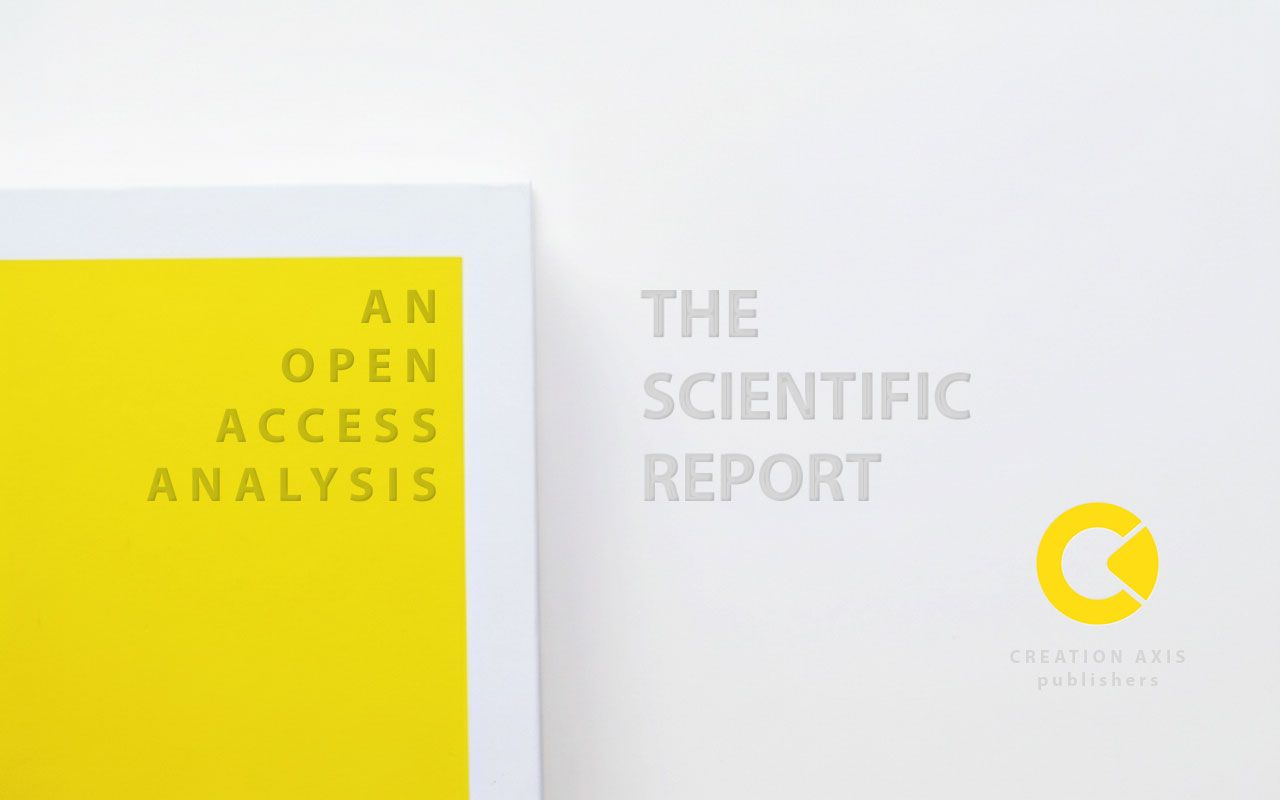The Biochemistry of Loss
A Neuroscientific, Psychological, and Biological Report
Antonio Caballero, Psy-NS
National University, MBA in Behavioral Analytics
University of California Davis, Psychology and Cognitive Science & Experiential Design
1. The Neurochemical Cascade of Acute Loss
The initial shock of a significant loss triggers a profound and immediate neurochemical disruption. The brain is flooded with stress hormones, while neurotransmitters responsible for reward, mood regulation, and social bonding plummet. This creates a state of high alert and deep emotional pain, fundamentally altering our internal biochemistry.
2. Brain Under Siege
Grief reshapes brain activity. The limbic system, our emotional core, becomes hyperactive, while the prefrontal cortex, responsible for executive function and emotional regulation, becomes hypoactive. This imbalance manifests as intense emotions, difficulty concentrating, and impaired decision-making.
3. The Body’s Response
The chronic stress of unresolved grief has severe physiological consequences. Sustained high cortisol levels promote systemic inflammation and suppress the immune system, increasing vulnerability to illness and exacerbating existing health conditions over time.
4. The Ripple Effect: Psychological & Economic Costs
While grief is a normal response, for 10-15% of bereaved individuals, it develops into Complicated Grief, a chronic and debilitating condition. This often co-occurs with other mental health disorders and carries a significant economic burden through healthcare costs and lost productivity, impacting individuals, families, and society at large.
Complicated Grief & Co-Occurring Conditions
Annual Economic Impact of Unresolved Grief (U.S.)
5. The Path to Healing: An Integrated Approach
Healing from loss is not about forgetting; it’s about integration. It requires a multi-faceted approach that addresses the biochemical, psychological, and social dimensions of grief. Evidence-based strategies work to restore neurochemical balance, re-engage the prefrontal cortex for emotional regulation, and rebuild social connections that foster resilience.
State of Loss
Neurochemical Imbalance, Social Withdrawal, Emotional Dysregulation
Active Interventions
- Psychotherapy (CBT, CGT): Re-frames cognitive distortions, regulates emotion.
- Mindfulness & Meditation: Increases prefrontal cortex activity, reduces amygdala reactivity.
- Social Support Networks: Boosts oxytocin, buffers stress response.
- Pharmacotherapy (if needed): Addresses underlying neurotransmitter deficiencies.
Integrated Healing
Biochemical Balance, Renewed Function, Meaningful Connection
© 2025 Antonio Caballero. All Rights Reserved.
Infographic generated for research and educational purposes.





